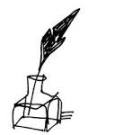
“If a group of people stand around in a circle long enough, eventually they will begin to dance.”
George Carlin, Napalm & Silly Putty
Terry Teachout on the arts in New York City

“If a group of people stand around in a circle long enough, eventually they will begin to dance.”
George Carlin, Napalm & Silly Putty

The thirty-first episode of Three on the Aisle, the twice-monthly podcast in which Peter Marks, Elisabeth Vincentelli, and I talk about theater in America, is now available on line for listening or downloading.
Here’s an excerpt from American Theatre’s “official” summary of the proceedings:
To listen to or download this episode, read more about it, or subscribe to Three on the Aisle, go here.The Tony nominations are out and the critics have some opinions. They talk about shows some of them think didn’t deserve nominations (Hadestown) and about the snubs (Glenda Jackson). Then they dive into their ever-growing mailbag to discuss listener questions, including how to present problematic classics and some pro tips for ticket buying.
Finally, they go around the table to talk about the concert performance of The Who’s Tommy at the Kennedy Center, Ink by James Graham on Broadway, and All My Sons by Arthur Miller at the Roundabout.
In case you’ve missed any previous episodes, you’ll find them all here.

(This is the latest in a series of arts- and history-related videos that appear in this space each Monday, Wednesday, and Friday)
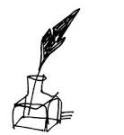
“My father told me—or my mother said my father believed—that if humanly possible, one should never lend people money as it almost invariably made them hate you. You should give them money if you could, and if it could be done without embarrassment.”
Victor Rothschild, Random Variables
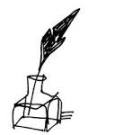
“Most mothers help us, wittingly or not, to see through our fathers.”
Wilfrid Blunt, Married to a Single Life

Henry Fonda plays Emmett Kelly, the famous circus clown, in “Clown,” an episode of General Electric Theater originally telecast by CBS on March 27, 1955, and introduced by Ronald Reagan, the series’ host. The program, directed by James Neilson, and also stars Dorothy Malone:
(This is the latest in a series of arts- and history-related videos that appear in this space each Monday, Wednesday, and Friday)
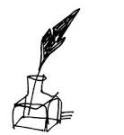
“People will believe anything, if it’s bad enough.”
Louis Auchincloss, The House of the Prophet
My Wall Street Journal “Sightings” column resumes today after a month-long hiatus. In it, I report on an important new regional museum initiative. Here’s an excerpt.
* * *
The Metropolitan Museum of Art owns roughly 1,500,000 paintings, sculptures and other works of art. No more than 5% of them, however, can be viewed at any given time. The rest—including thousands of world-class pieces, more than enough to stock a satellite museum of similar quality—are locked up in storage. Much the same thing is true of every other major art museum in the world….
Is there a better way to handle outsized art collections? It’s hard for museums to sell off pieces from their permanent collections—and it should be. Museums hold works of art in trust for the public, not as negotiable assets that can be bought and sold at will. But as the New York Times pointed out in a recent story, their collections have grown so large in recent years that the cost and logistics of storage are fast becoming unmanageable.
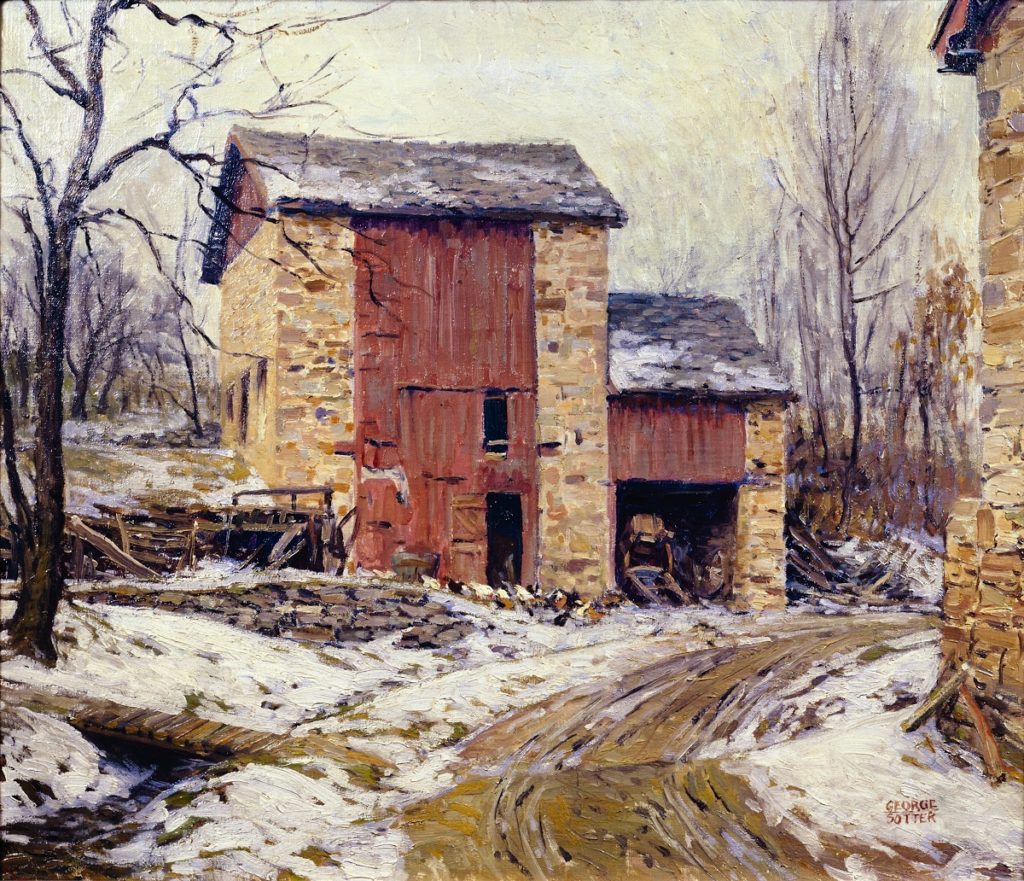
Enter the Terra Foundation for American Art and Art Bridges, an organization founded by Alice Walton, the driving force behind Arkansas’ Crystal Bridges Museum of American Art. These two groups have teamed up on a new initiative intended to encourage regional art museums to share their collections—one that in time might also prove to have the additionally desirable effect of helping to get masterpieces out of storage and put them to better use.
In April, Terra and Art Bridges gave $700,000 to the Philadelphia Museum of Art to support a program that will make it possible for the PMA to loan 16 works of art to eight smaller Pennsylvania museums, where they will be shown as part of exhibitions mostly drawn from the permanent collections of those museums. It’s the latest step in a long-term plan to underwrite large-scale exhibitions in Pennsylvania organized along similar lines….
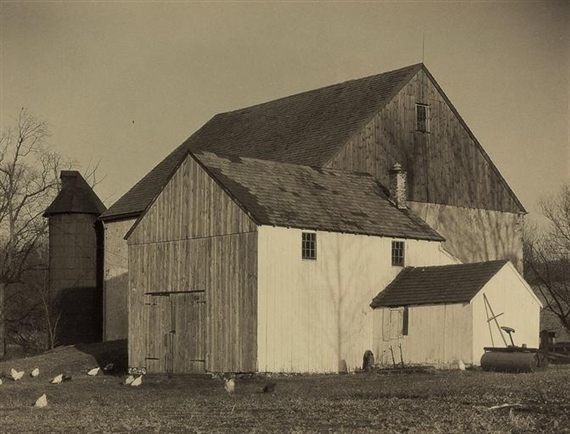
Some of the exhibitions will have a local focus. Starting on Sept. 15, the Reading Public Museum is mounting a show called “Picturing Pennsylvania Barns” in which its “Hill Road,” a 1920 painting of a country barn by George Sotter, is hung alongside two important works by Charles Sheeler, one of which, “Bucks County Barn,” is a 1918 PMA-owned photograph of the same barn….
What excites me most about this project is that it is specifically encouraging one of our greatest art museums to lend works to its smaller neighbor institutions. In addition, though, my dream is that it will evolve over time into a much more ambitious collection-sharing program, one that gets larger numbers of important paintings out of storage and in front of the people….
* * *
Read the whole thing here.| M | T | W | T | F | S | S |
|---|---|---|---|---|---|---|
| 1 | 2 | 3 | 4 | 5 | ||
| 6 | 7 | 8 | 9 | 10 | 11 | 12 |
| 13 | 14 | 15 | 16 | 17 | 18 | 19 |
| 20 | 21 | 22 | 23 | 24 | 25 | 26 |
| 27 | 28 | 29 | 30 | 31 | ||
An ArtsJournal Blog